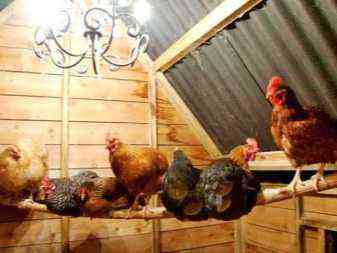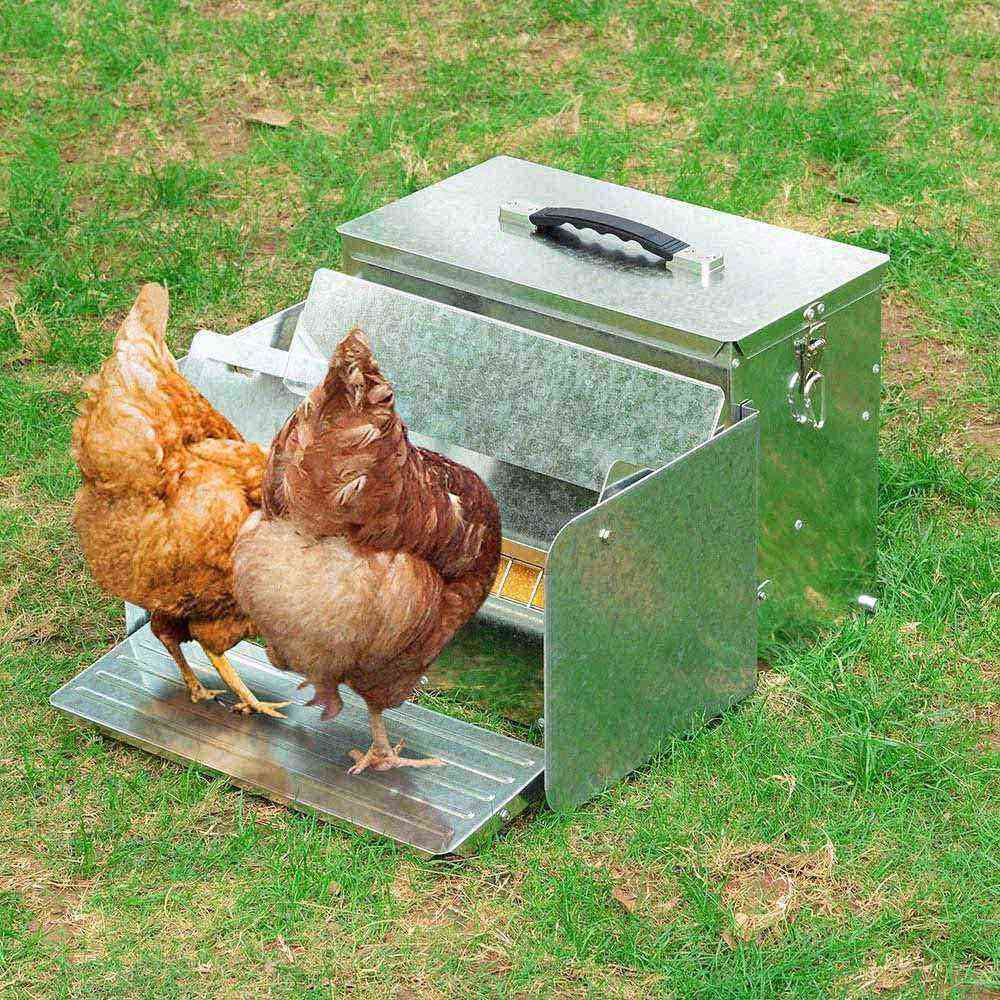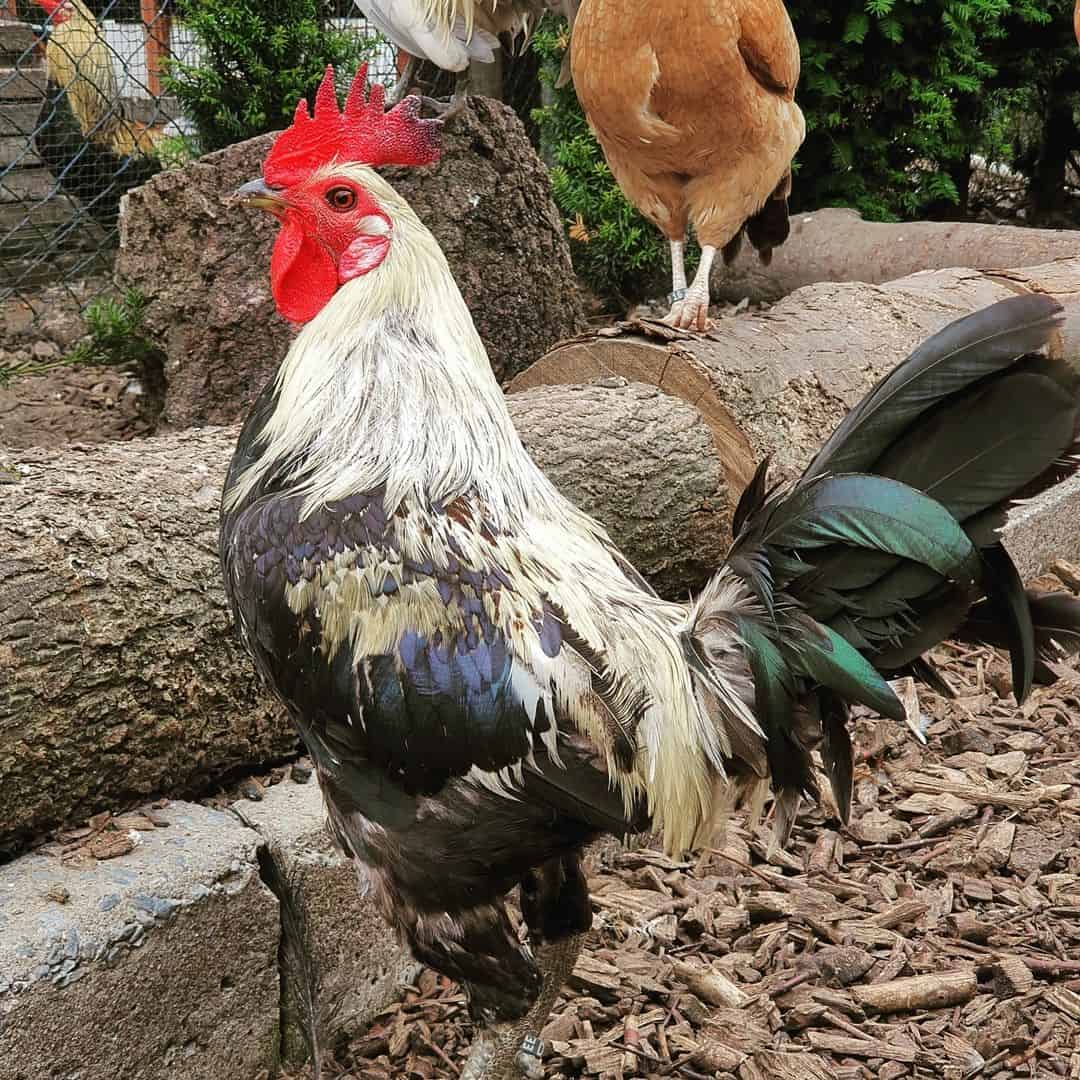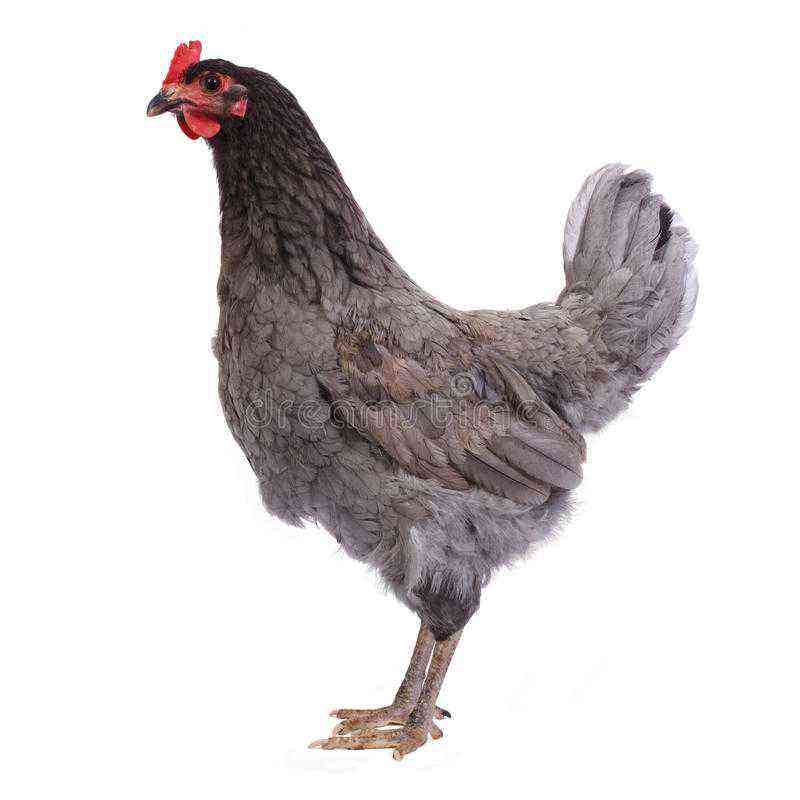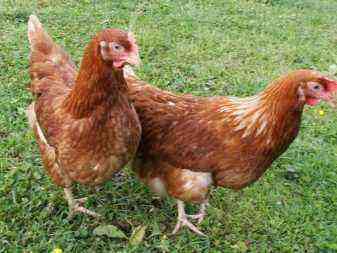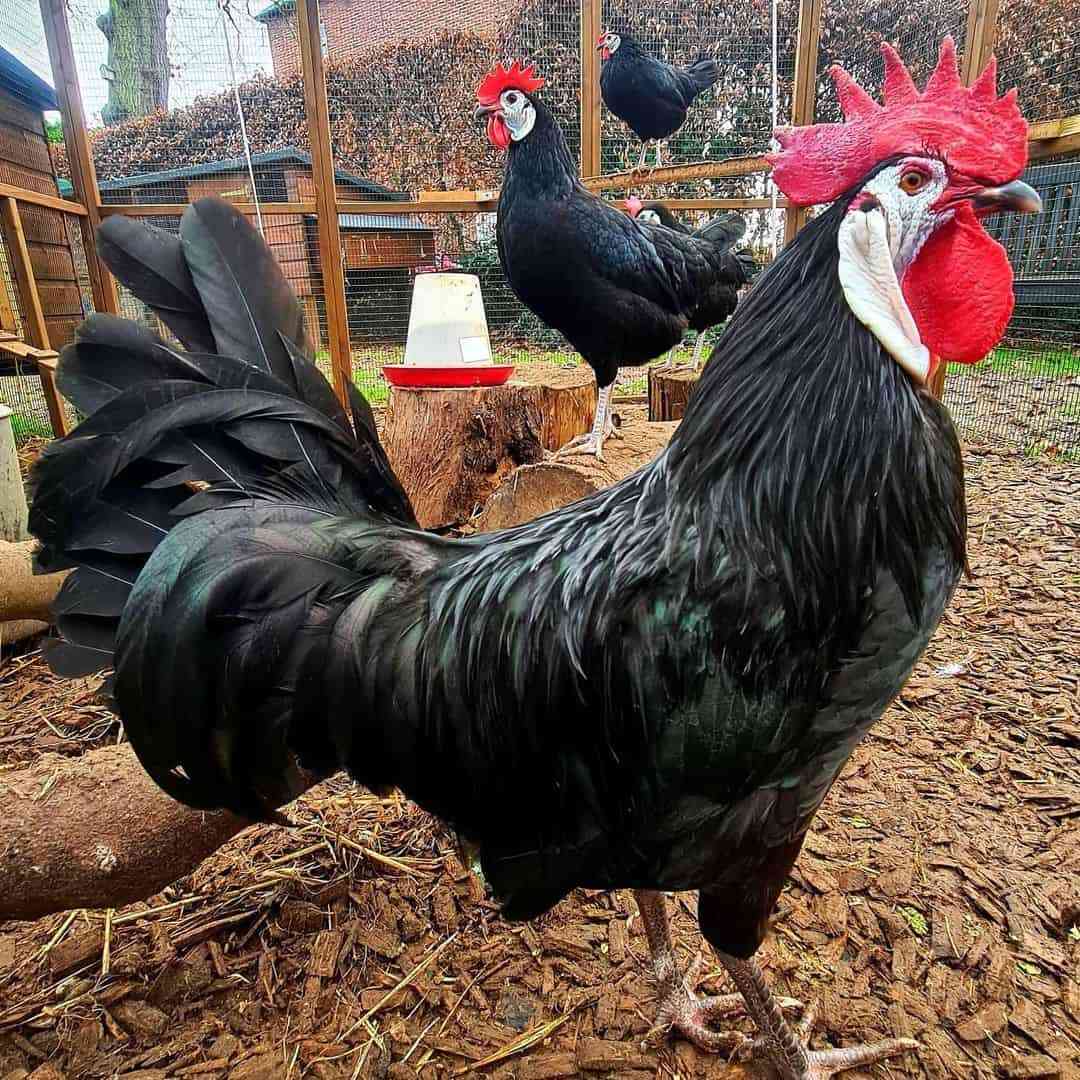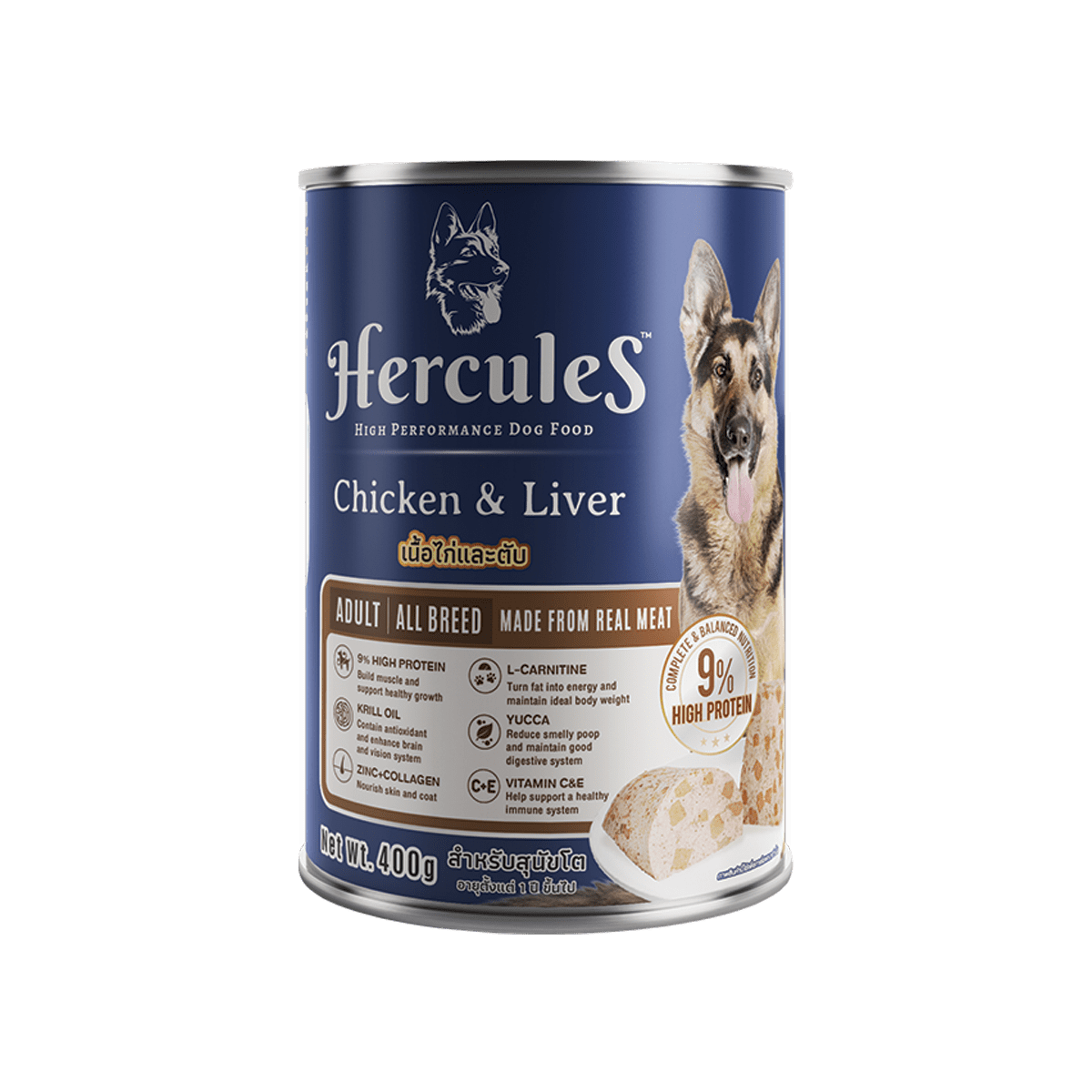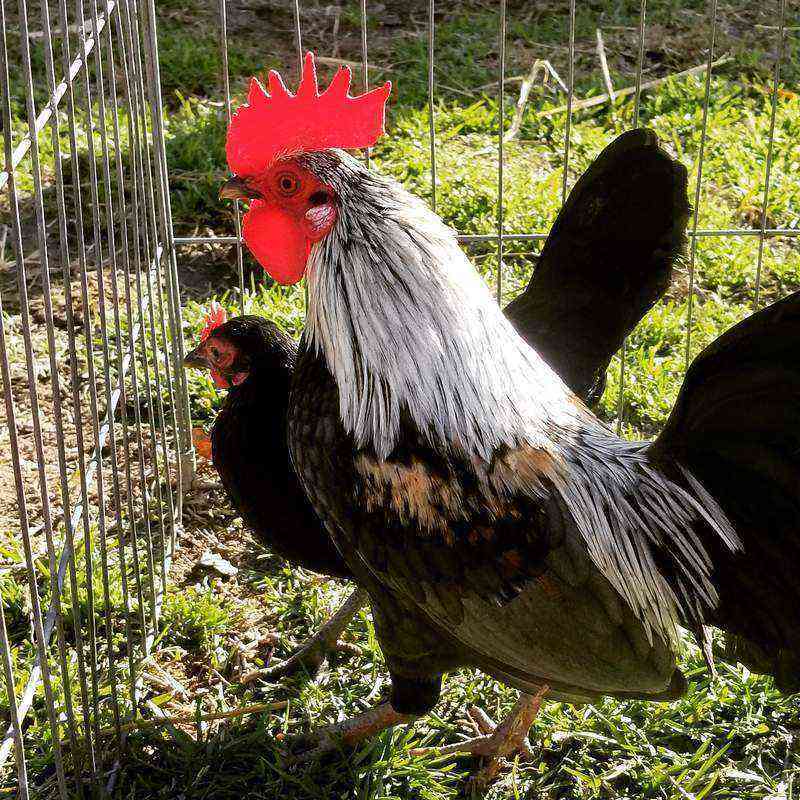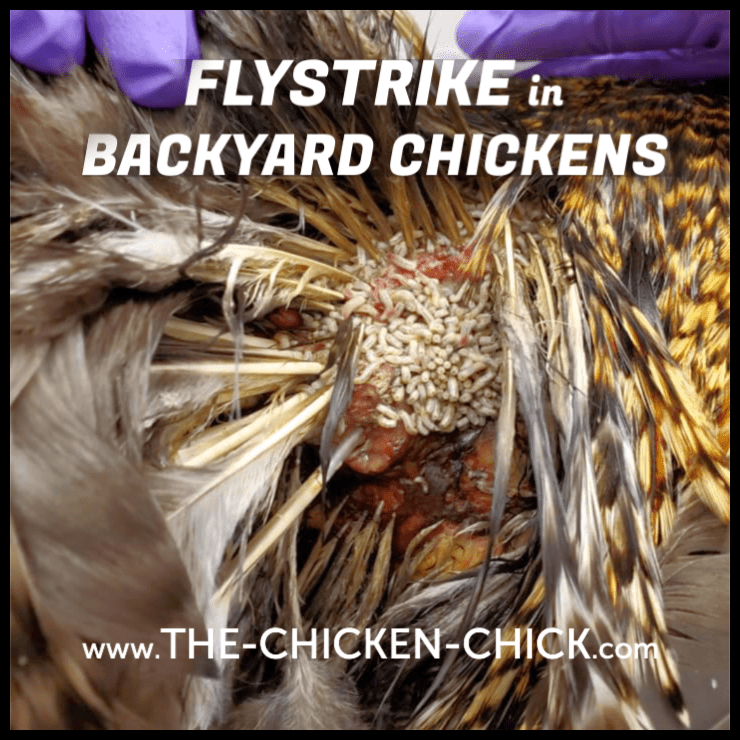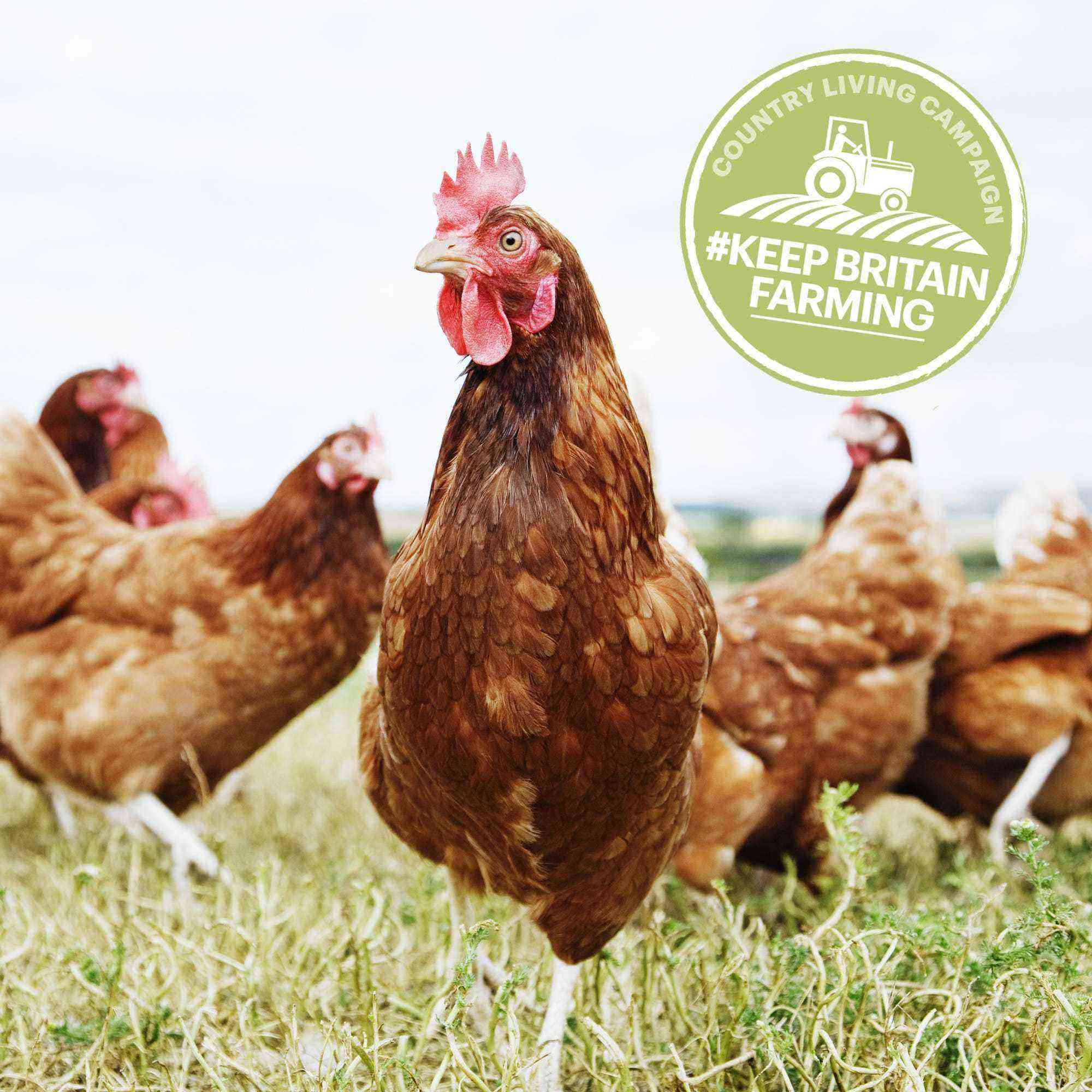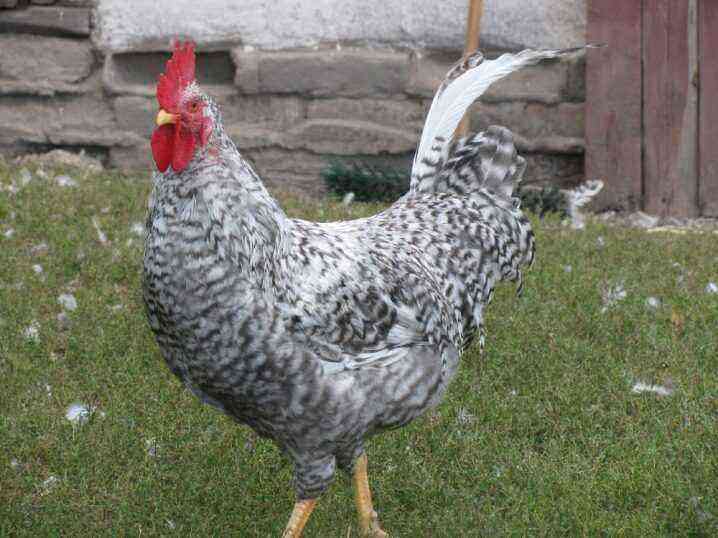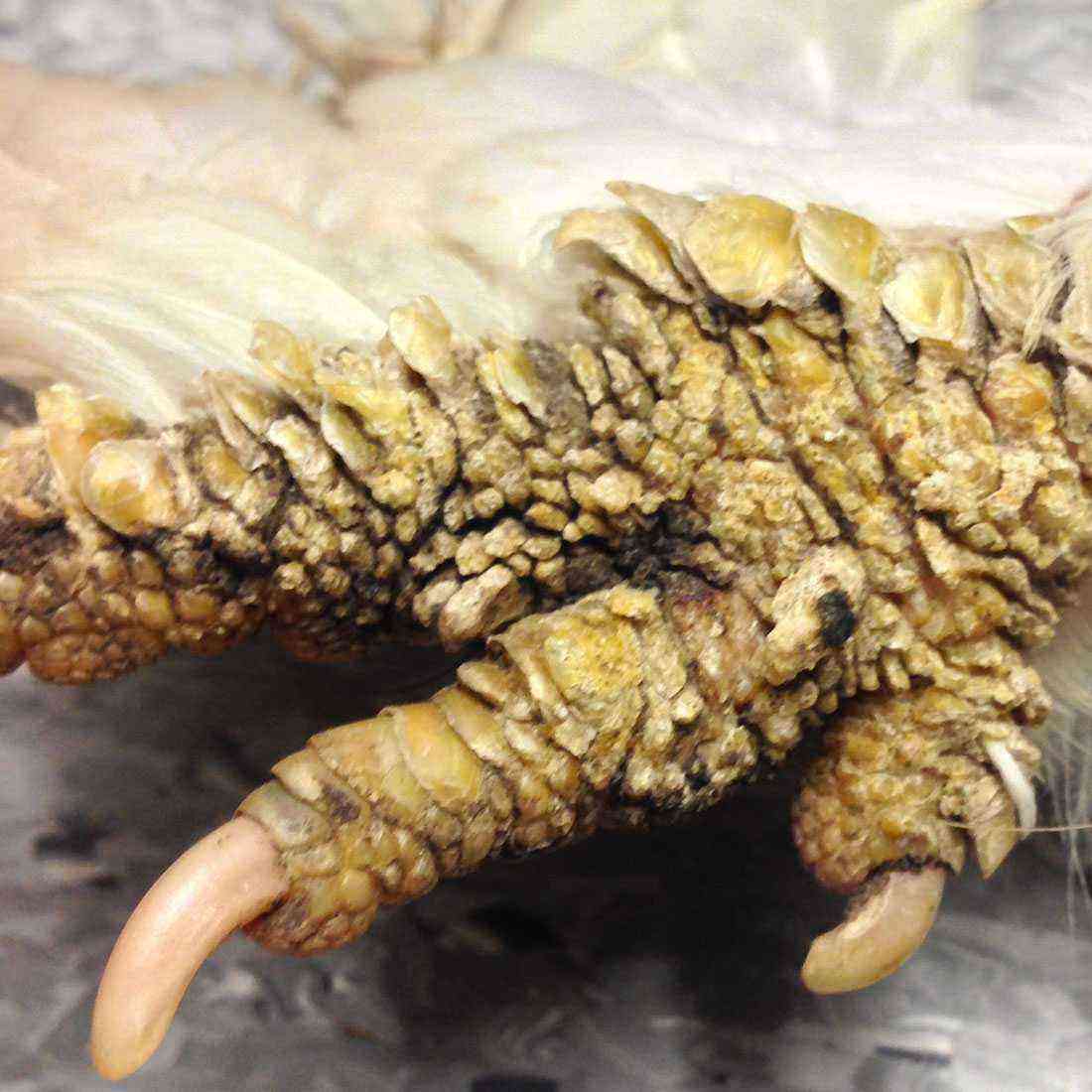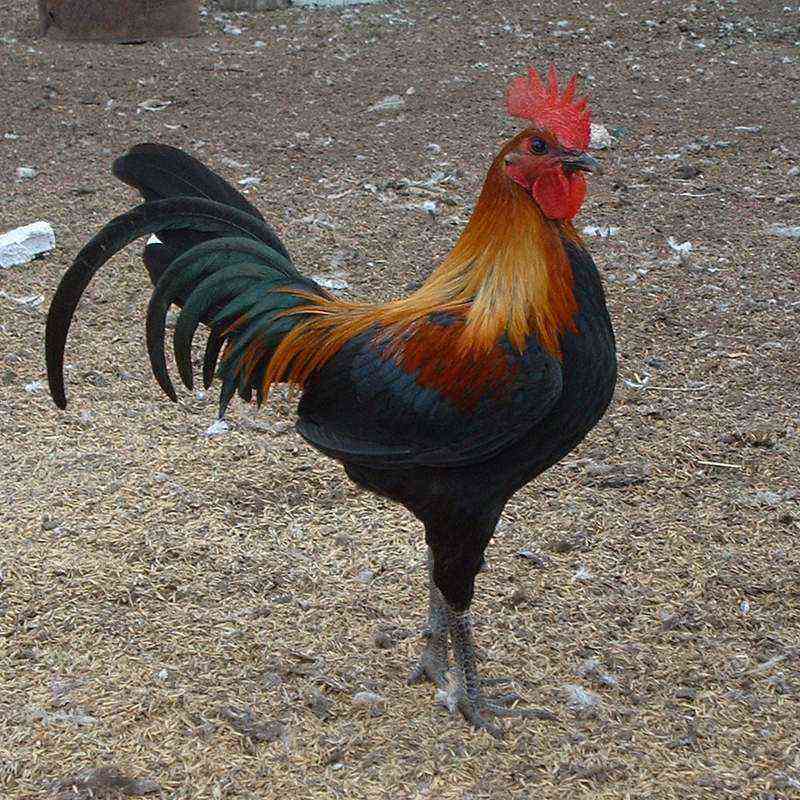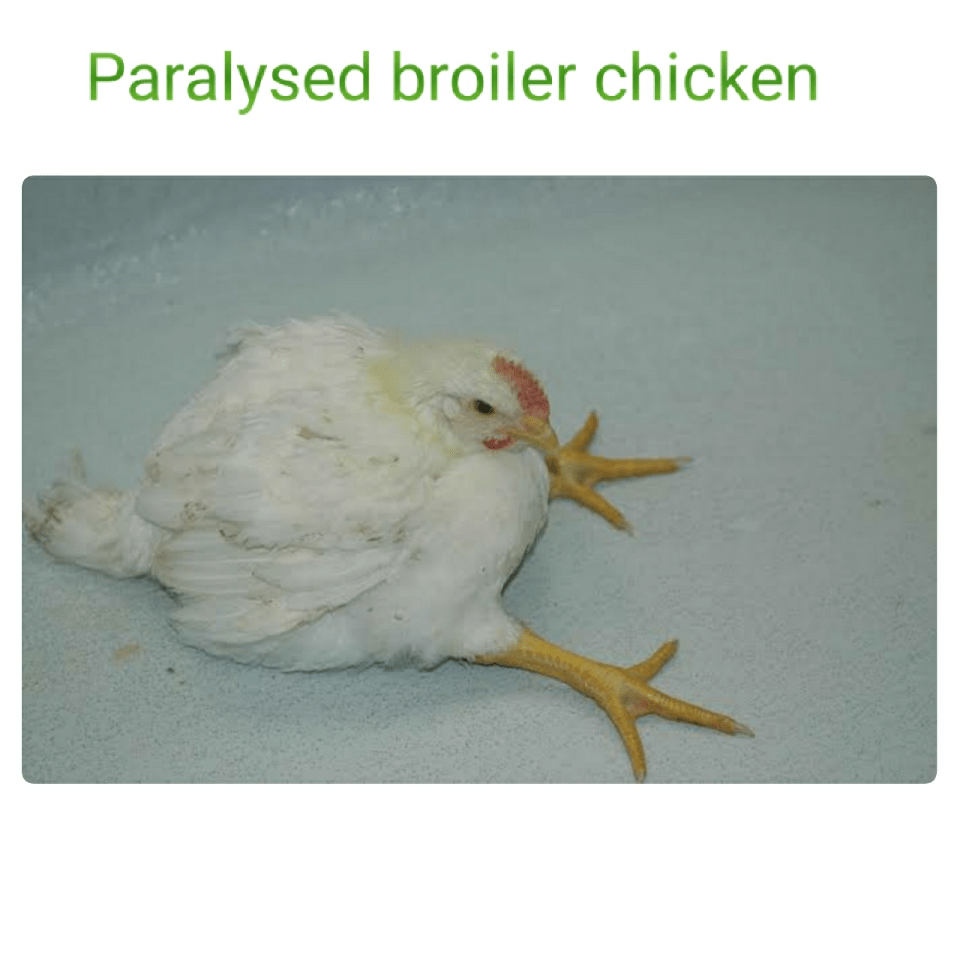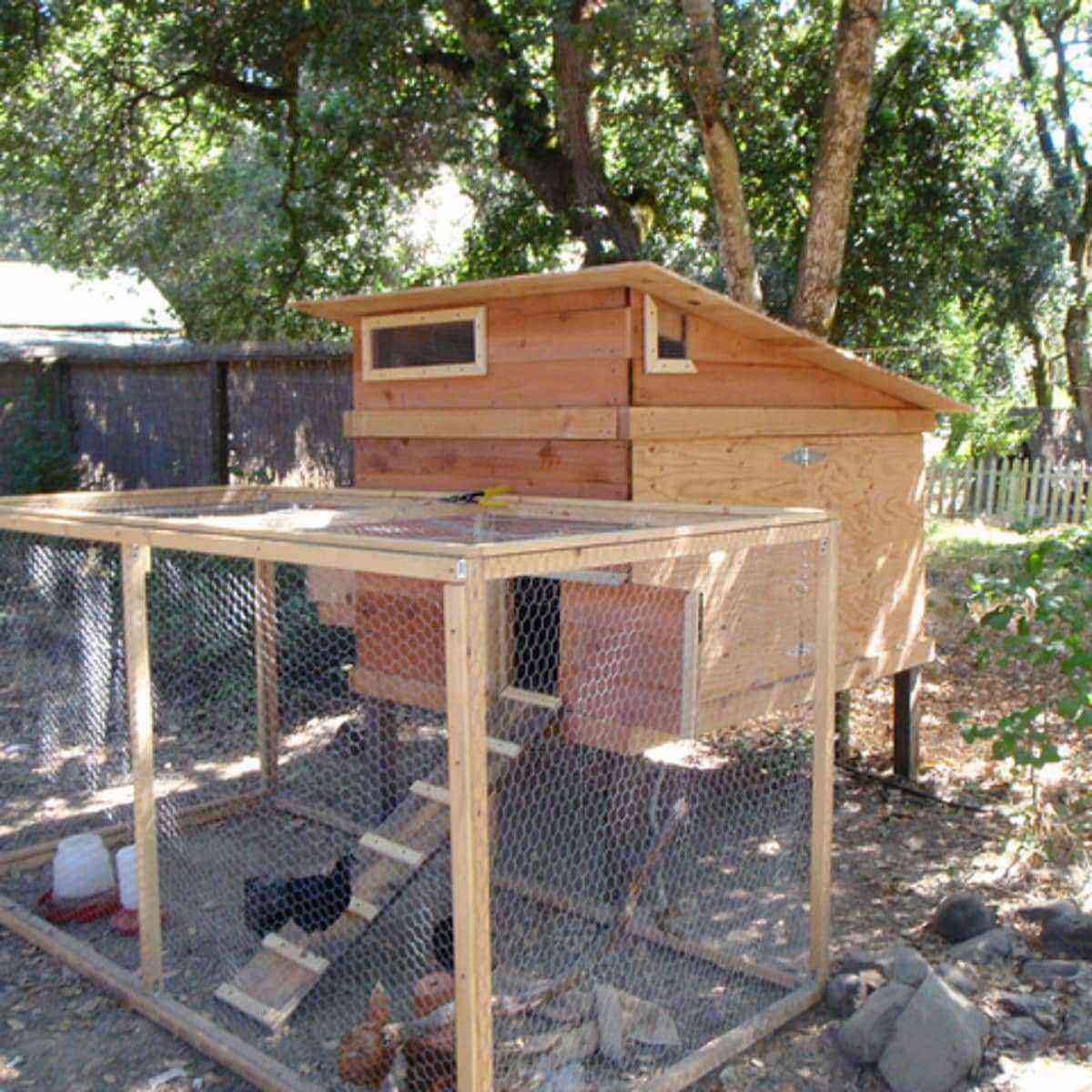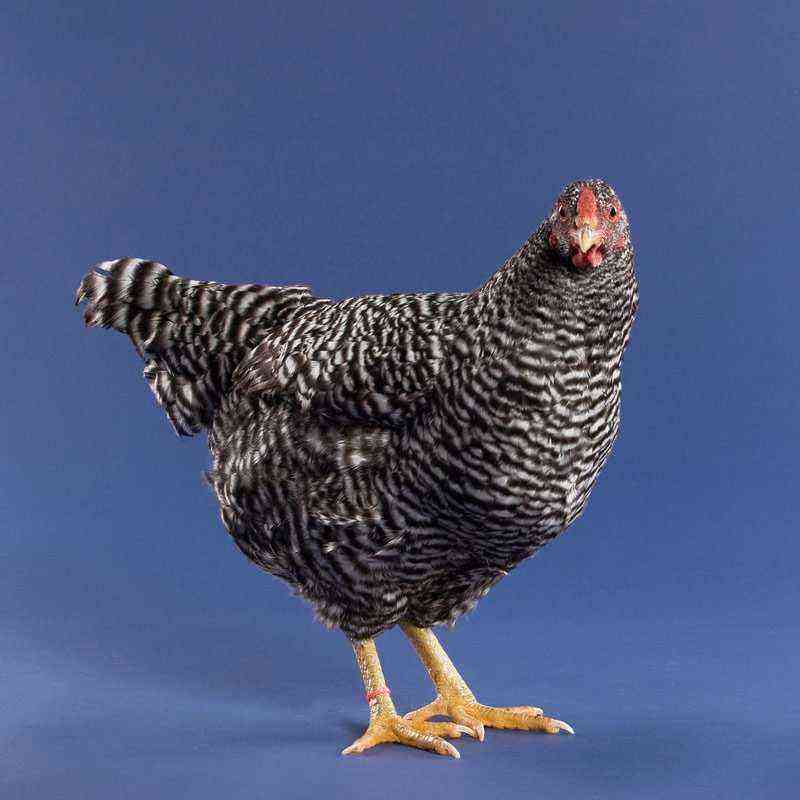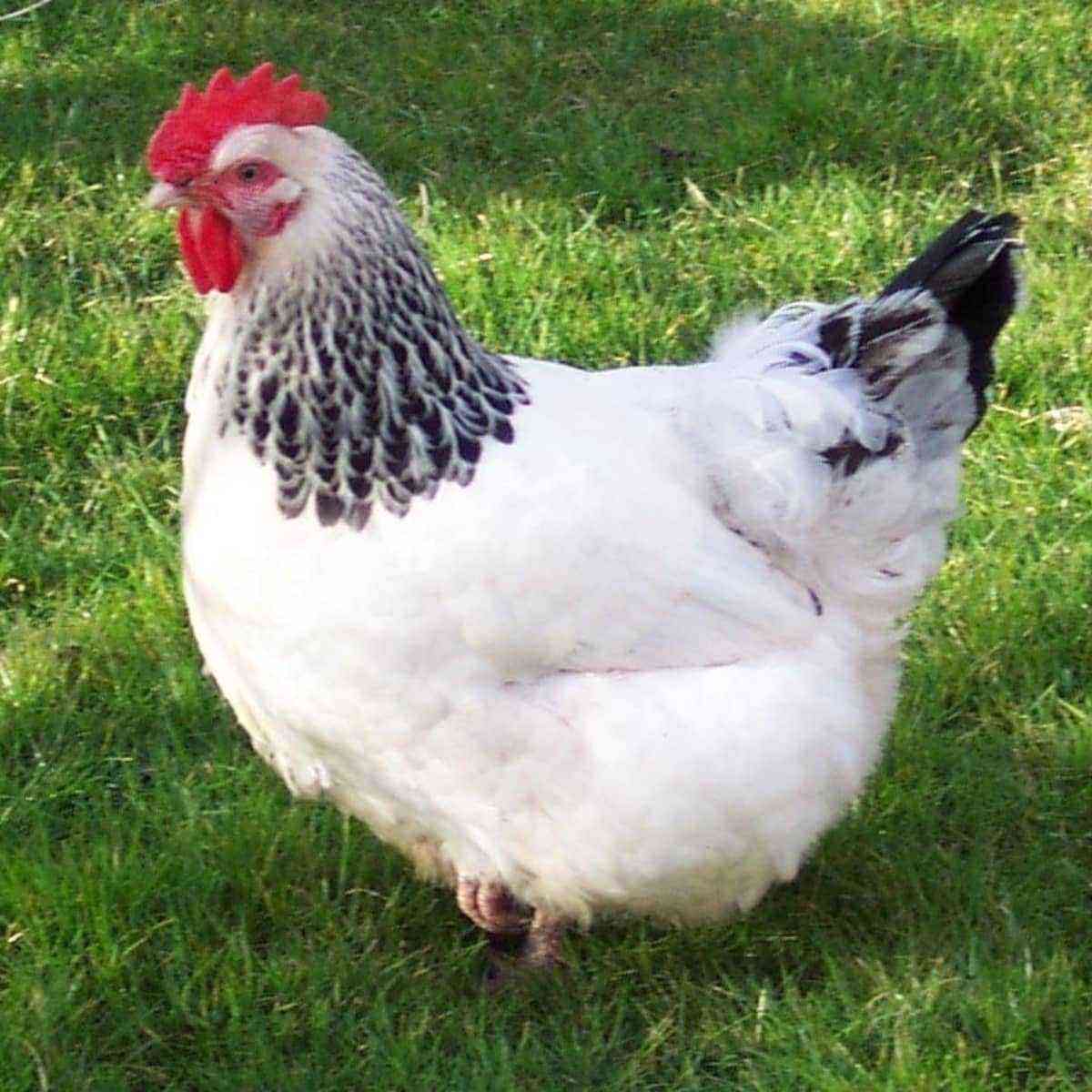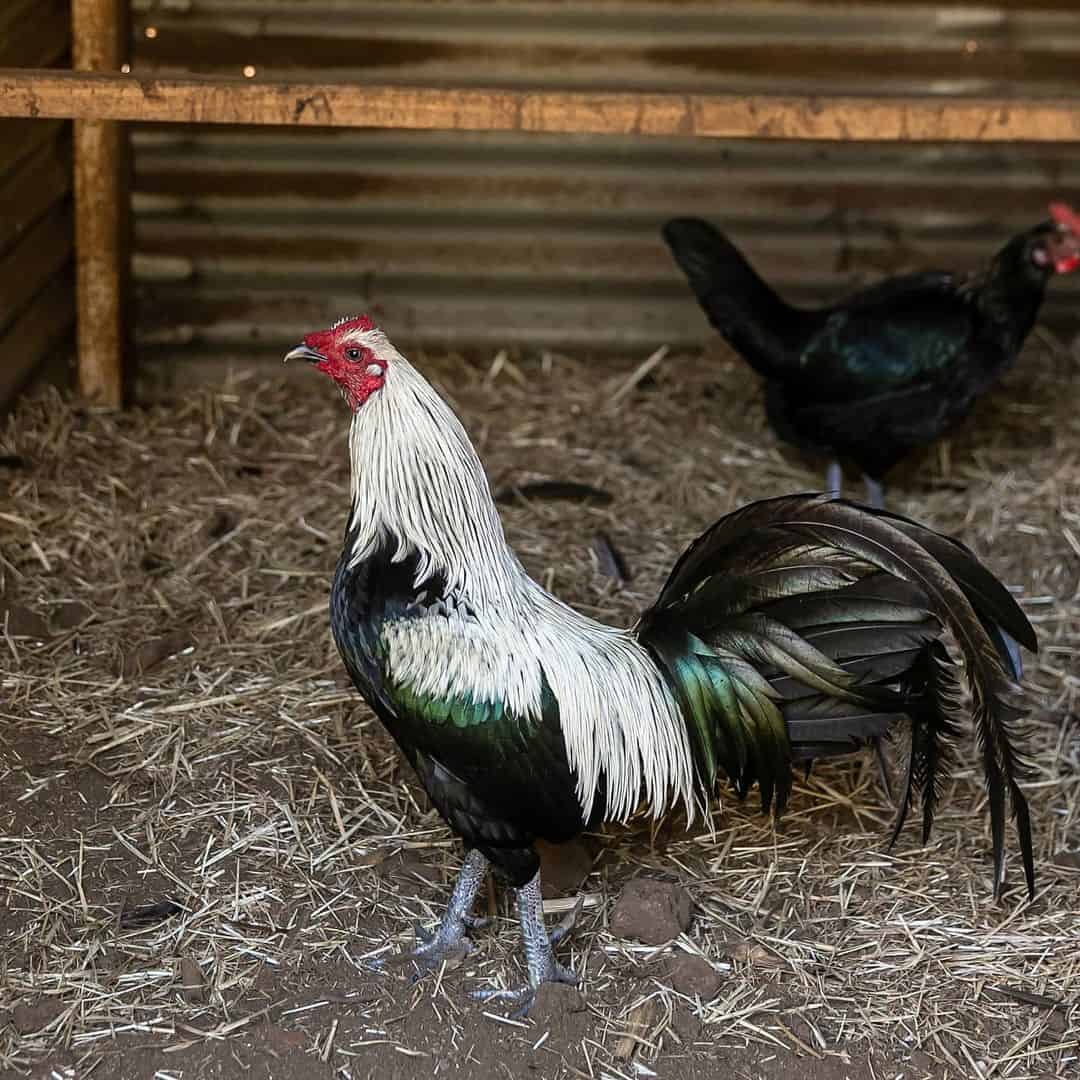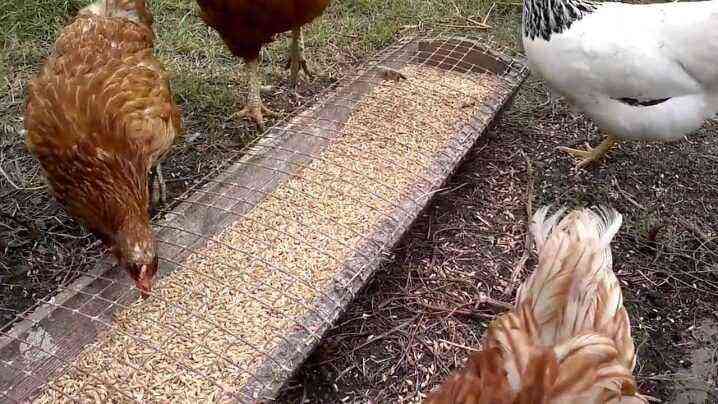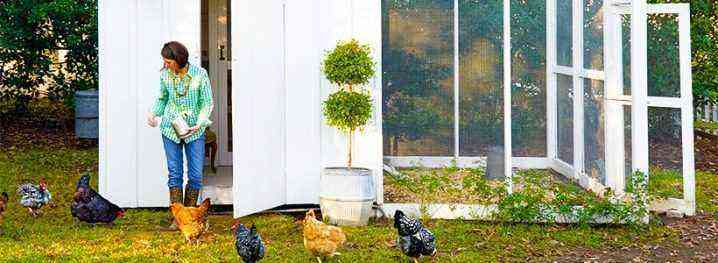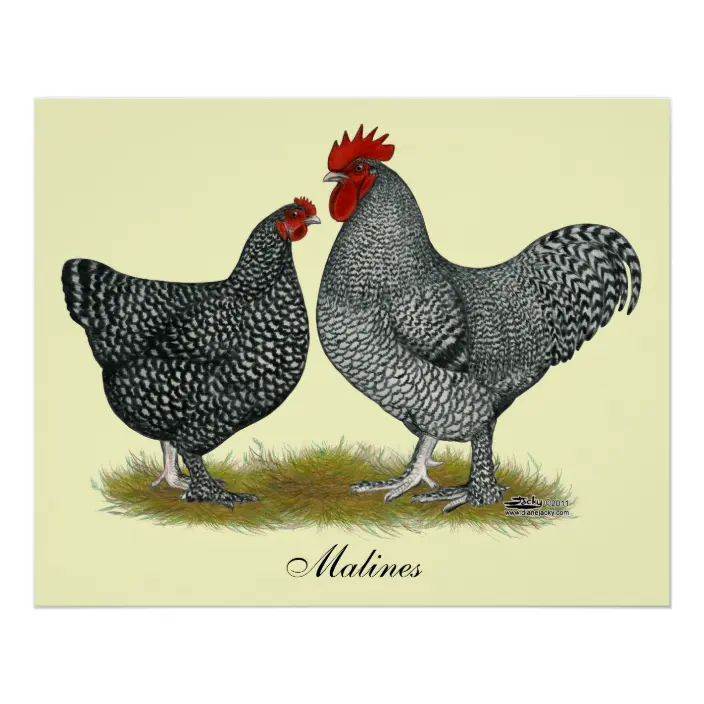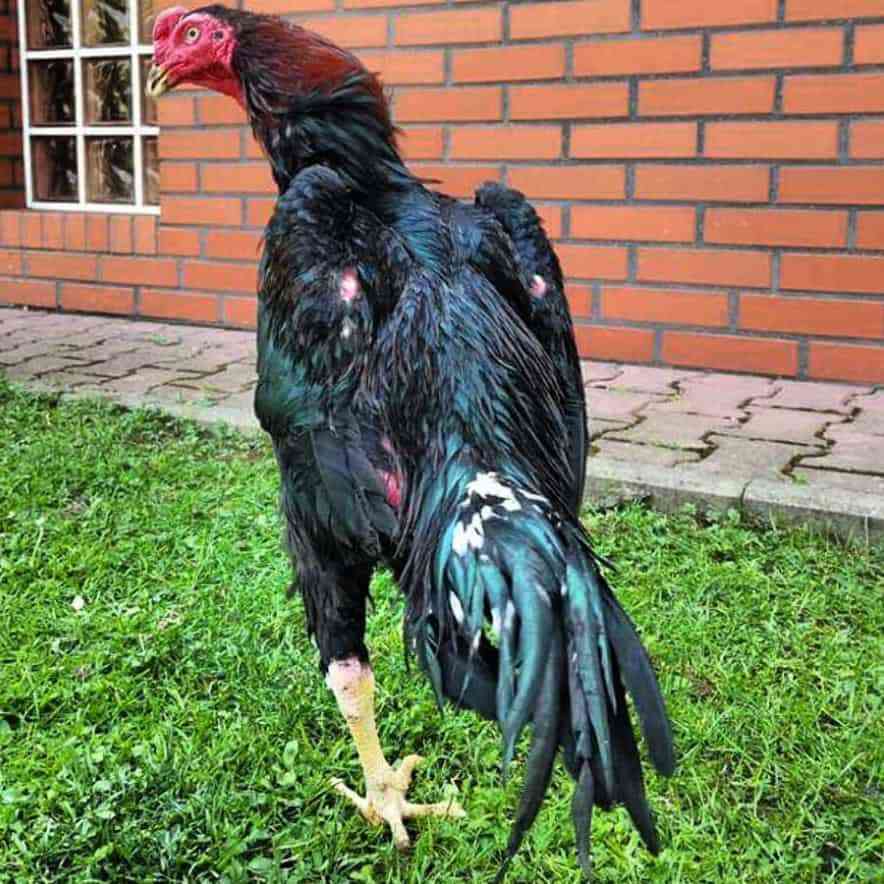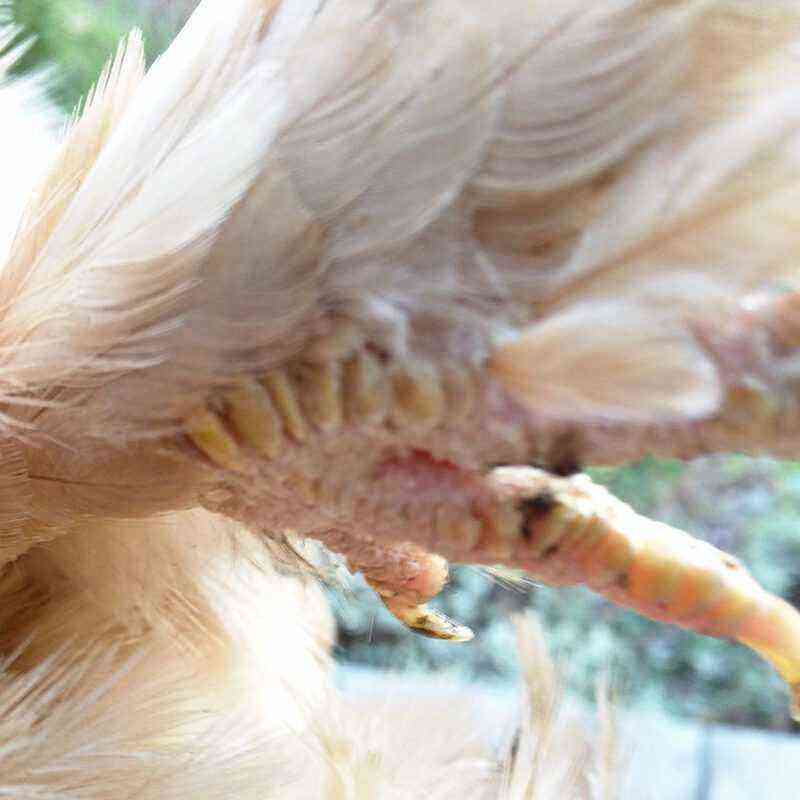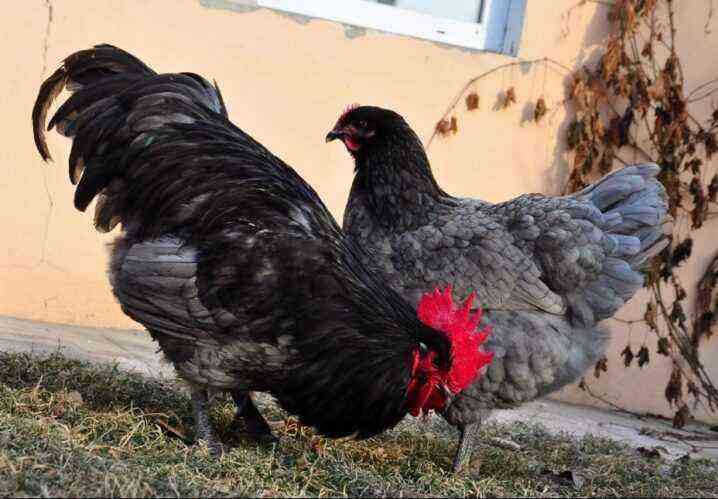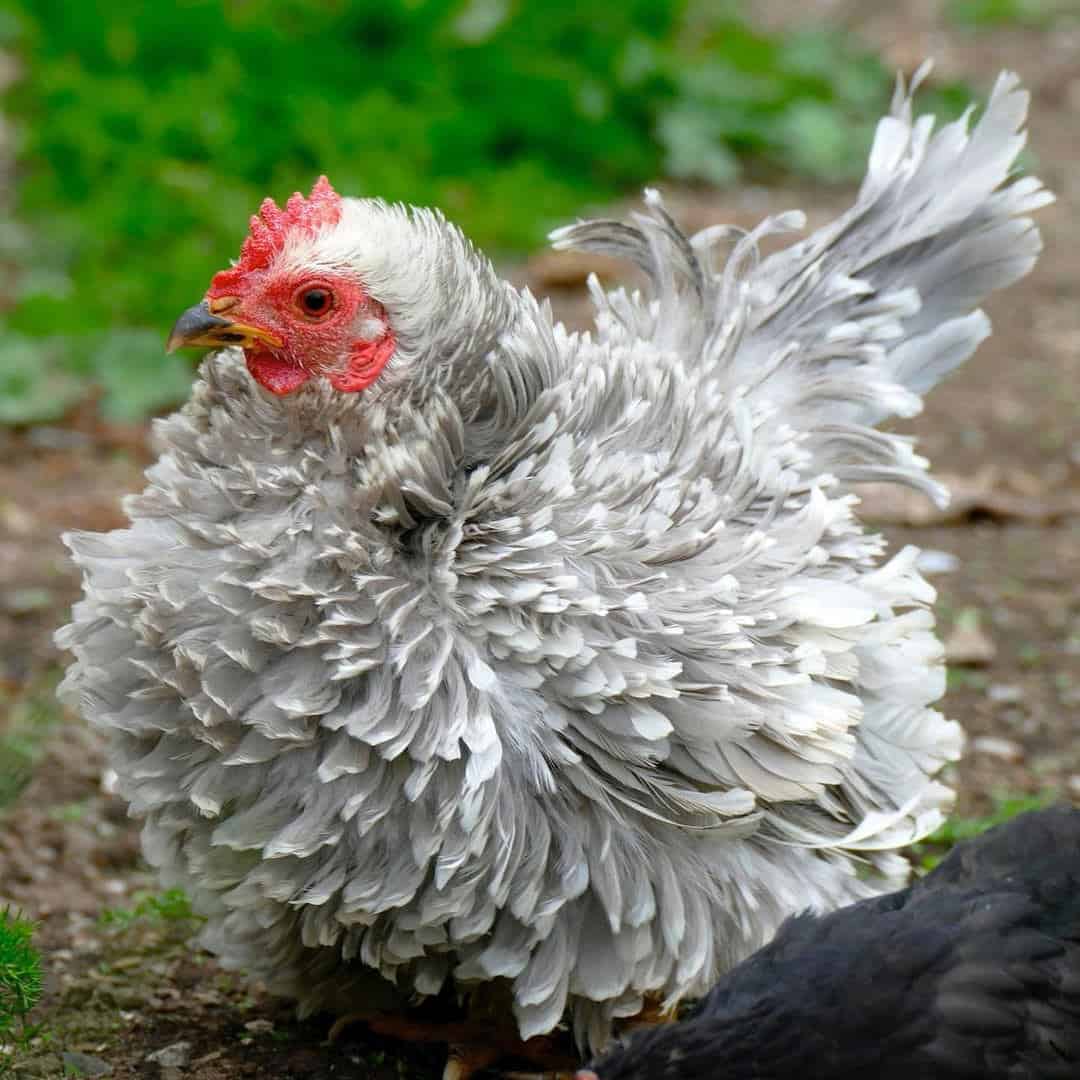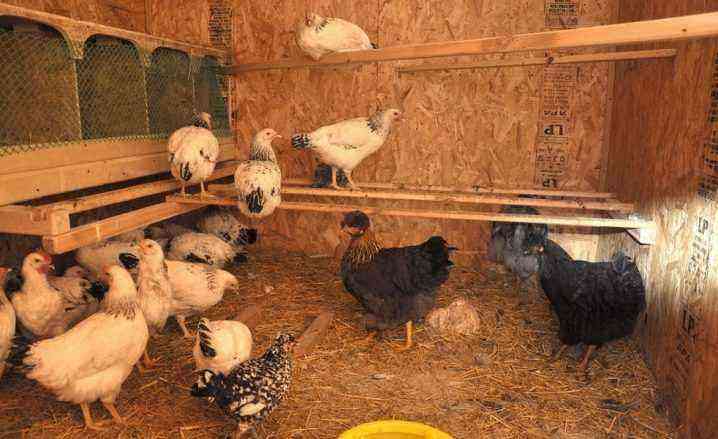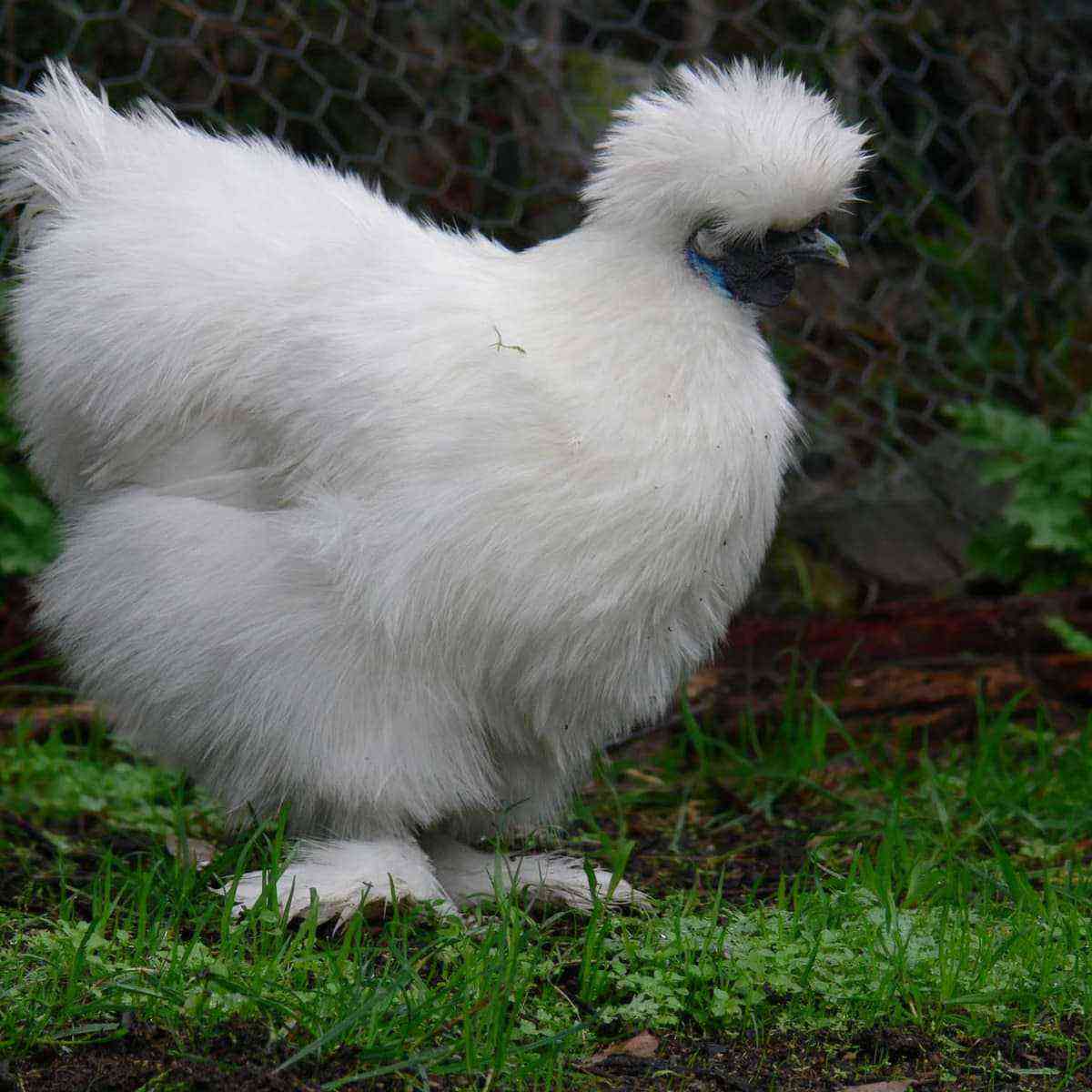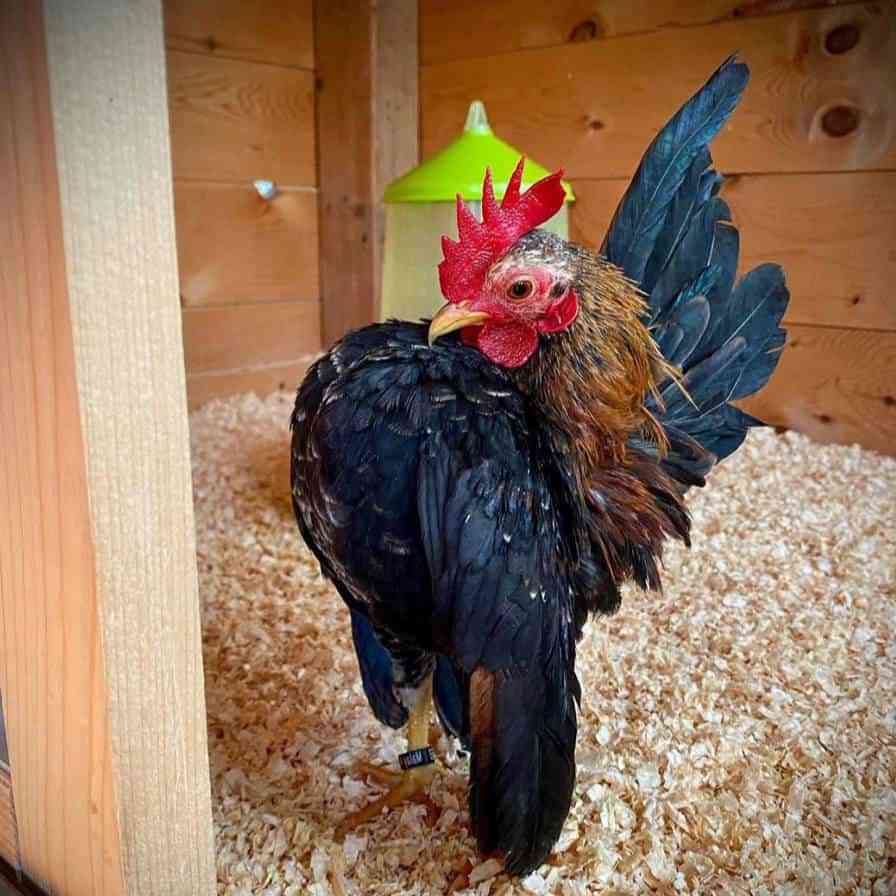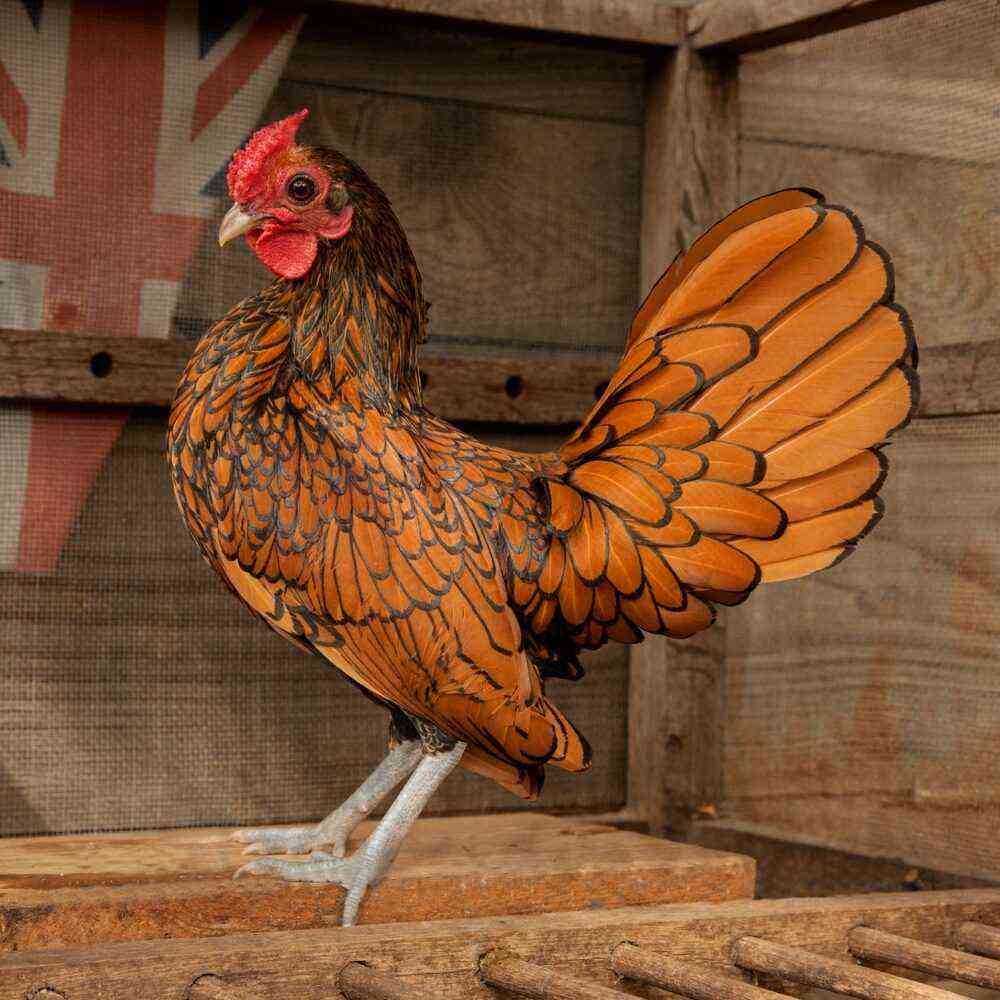Unlike chickens of the egg and meat-and-egg direction, broiler chicks are much more susceptible to infection with various diseases. This is primarily due to the rapid growth of feathered pets, for which they need to expend much more strength and energy. Broiler chickens are very susceptible to infectious diseases and should therefore be kept separate from other birds, breeds and age groups.
The most common infectious diseases of broiler chickens are pullorosis, coccidiosis, and aspergillosis. At the first sign of the onset of the disease, infected individuals should be isolated from the rest of the population and their droppings should not be used as fertilizer.
When broiler chickens are sick with pullorosis, they have white stools. The disease proceeds in an acute form and for its treatment it is necessary to use drugs such as furazolidone and biomycin.
Coccidiosis, as a rule, appears in feathered pets if they are kept in uncleaned damp rooms. You can determine the disease in broiler chickens by bloody-frothy stools. To prevent coccidiosis, it is necessary to give the bird sulfa drugs once every five days until the age of two months.
Another common disease in broilers is aspergillosis. Its causative agents are mold fungi, the main feature of which is resistance to disinfectants. To prevent disease, the poultry farmer must constantly monitor the quality of food for his feathered pets, exclude low-quality, moldy products from their diet, and also constantly monitor so that the litter does not deteriorate. For prevention, you can also use the essence of chloramine (0,2%), dissolved in water.
Broiler diseases are not necessarily infectious. It may just be beriberi in group A. The symptoms of this broiler disease are inflammation of the eyes, blanching of the skin, legs, beak, shortness of breath, unsteadiness when walking, disheveledness. The treatment of this broiler disease is mainly in the preparation of an optimal diet for feathered pets. Carrots and pumpkin are added to their feed, and in winter, dried grass: clover, alfalfa, hay, as well as vitamin A in large doses.
